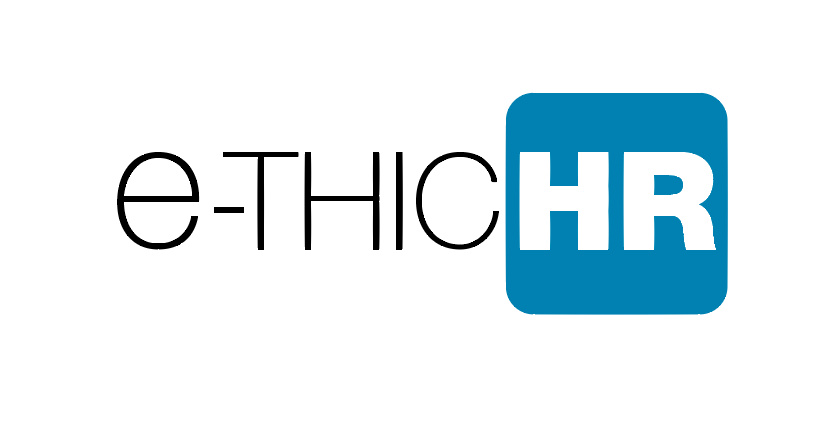Diversity is a big issue in business organisations today. Google revealed that only 17% of its technical professionals are women, only 21% of its leadership are women, and blacks and Hispanics make up only 2% and 3% respectively of their workforce. 72% of leadership roles are held by whites with Asians holding 23% and other minorities holding less than 6%.
While it’s easy to blame leadership or assume bias, the reality is that building a diverse organization is dauntingly complex. First of all, we all suffer from « unconscious bias » (Take the Harvard Implicit Bias test if you don’t believe me). So no matter how hard we try, there is a tendency for people to be attracted to people « like themselve. », says Josh Bersin. Latest Bersin by Deloitte research shows that leading organisations increasingly view diversity and inclusion as a business imperative.
But beyond this, while companies have a variety of programs (interviewing and hiring guidelines, employment branding programs, employee resource groups, mentoring programs) to help managers and team leaders build a diverse workforce – but it takes time and significant effort to change. The recent research of Bersin by Deloitte, High-Impact Diversity and Inclusion, found that while 71% of organizations publicly aspire to be highly diverse, when you look at their work environment only 11% are.
The brief Diversity and Inclusion Benchmarking Report provides key benchmarks and guidance to help Diversity & Inclusion (D&I), HR and talent leaders make valuable investment decisions. The research found that while D&I emerged in response to federal guidelines in the 1960s,over the past five years more than half (51 percent) of organizations have only progressed beyond a compliance-driven approach to focus on D&I strategies that link to better talent and business outcomes. In addition, more than half (54 %) of organizations still do not have a D&I function or have one that is staffed solely with volunteers.

